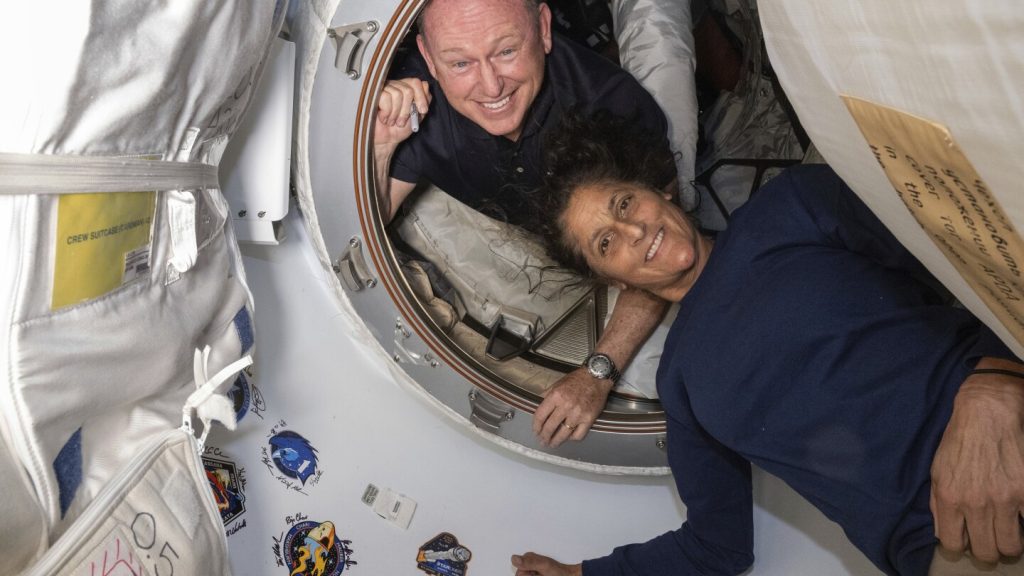NASA has decided to postpone the return of two astronauts from Boeing’s troubled Starliner capsule and instead opt for a SpaceX ride home in February. Butch Wilmore and Suni Williams have been stranded at the International Space Station since June due to thruster failures and helium leaks on the Starliner capsule. The decision was made after engineers conducted tests and discussions on the best course of action for the astronauts’ safe return.
The decision to delay the return was based on a commitment to safety, noting that a test flight is inherently risky and not routine. Lessons learned from NASA’s space shuttle accidents played a role in the decision-making process, with open dialogue encouraged rather than suppressed. NASA Administrator Bill Nelson and Associate Administrator Jim Free both emphasized the importance of safety in the decision to postpone the astronauts’ return.
Boeing, the company behind the troubled Starliner program, faced further setbacks with the postponement of the astronauts’ return. The company had hoped to revive the spacecraft program with a successful crew trip following years of delays and increasing costs. Boeing maintained that the Starliner was safe based on recent tests, both in space and on the ground. The company expressed its focus on crew and spacecraft safety and assured that efforts are being made for a safe return.
NASA’s decision to postpone the astronauts’ return was praised by experts, although concerns were raised about design issues that should have been caught earlier in the testing phase. Wilmore and Williams, both experienced astronauts, expressed trust in the thruster testing being conducted and their families supported their safe return on whichever spacecraft is deemed suitable. The astronauts will now wait for the next SpaceX taxi flight in February for their return to Earth.
SpaceX’s next taxi flight is set to launch in late September with two astronauts instead of the usual four. NASA made the decision not to ask SpaceX for a quick stand-alone rescue, citing safety concerns. The Russian Space Agency’s rush to replace a Soyuz capsule for damaged astronauts last year highlighted the complexities and risks involved in emergency space missions. Former astronaut Chris Hadfield praised NASA’s cautious approach, emphasizing the importance of prioritizing astronaut safety.
Starliner’s troubles began before its latest flight, with software and technical issues plaguing earlier test missions. The recent helium leaks and thruster failures raised concerns about the spacecraft’s reliability and safety for crewed missions. With NASA’s commitment to open debate and safety in mind, the decision to postpone the astronauts’ return was made to ensure their safety during the critical phase of reentry into Earth’s atmosphere. Despite the setbacks, NASA remains confident that the Starliner program will overcome its challenges and continue contributing to crewed missions in space.


